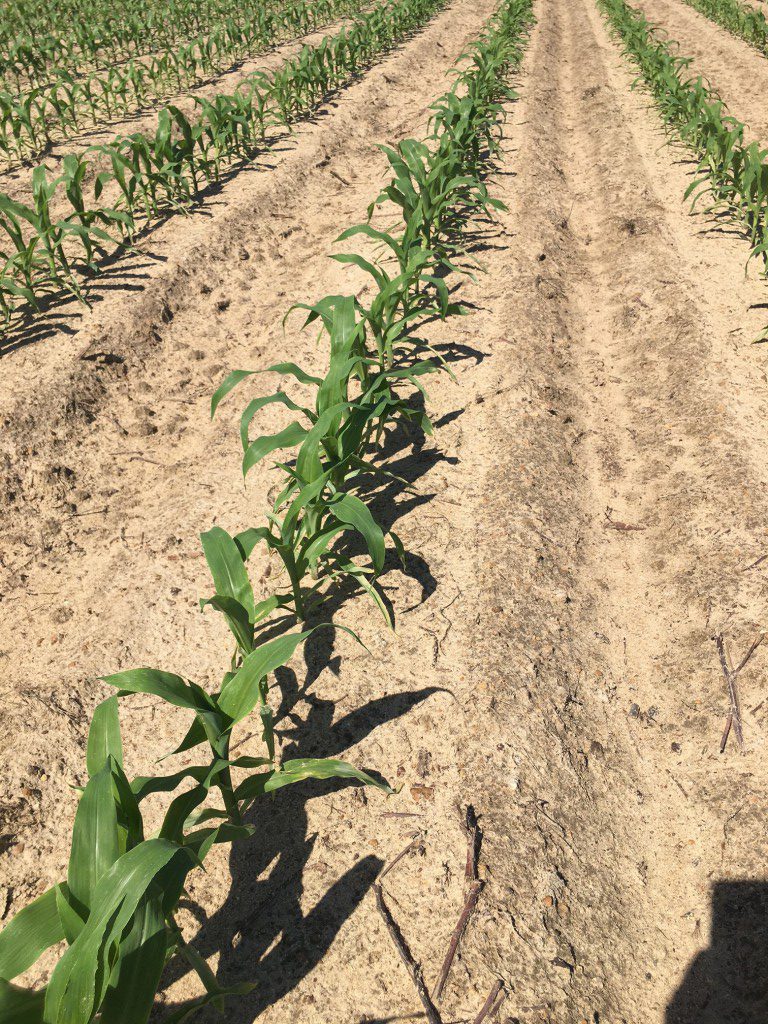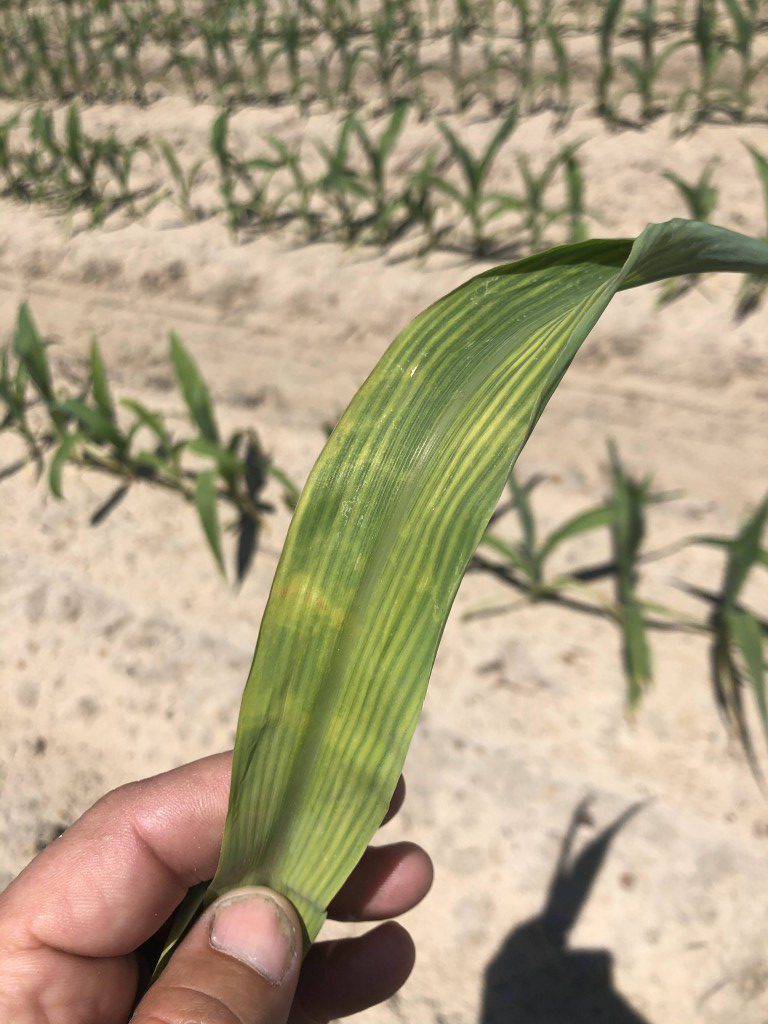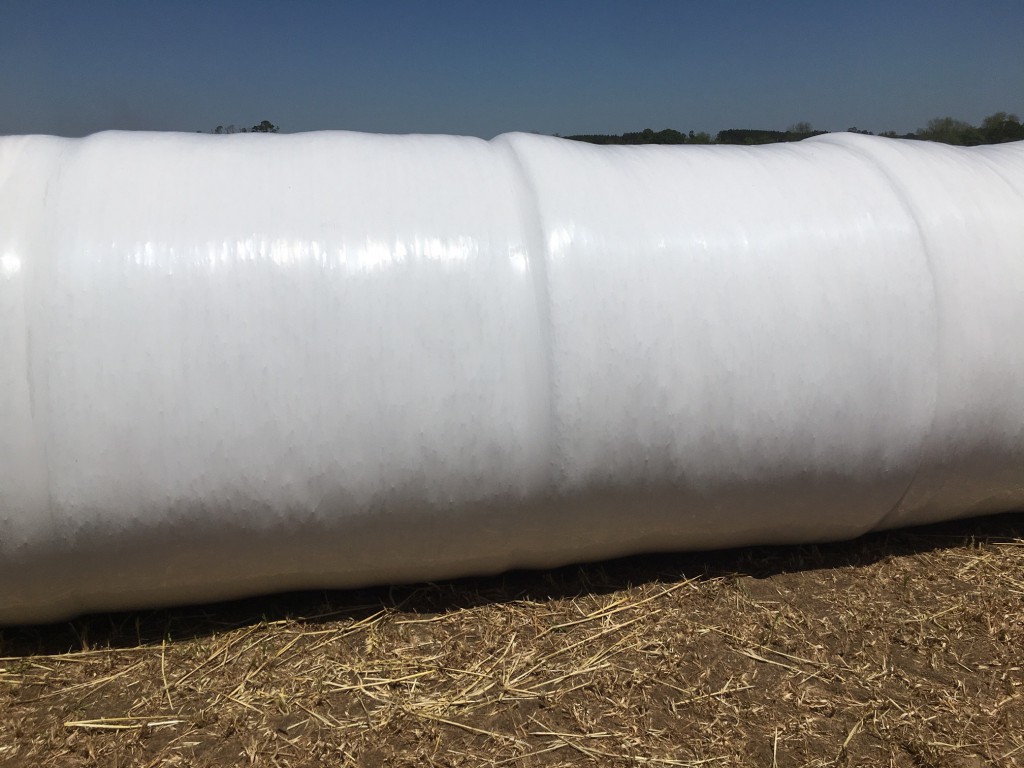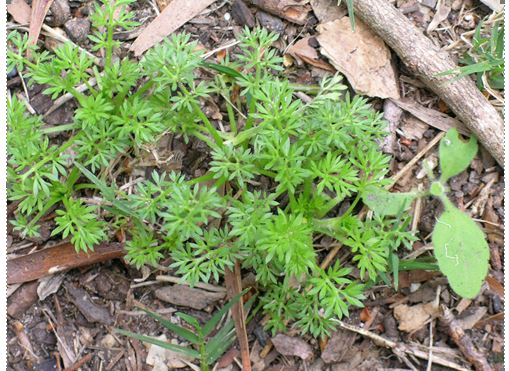Topics this week include sulfur fertilization in corn, tissue sampling in corn, summer annual forages, sampling baleage and lawn burweed.
How can I take the paraquat test? Before mixing, loading, and/or applying paraquat, new labels require the completion of on-line training https://www.epa.gov/pesticide-worker-safety/paraquat-dichloride-training-certified-applicators approved by the U.S. EPA. Thanks to the National Pesticide Safety Education Center, GDA has posted a list of those applicators completing training prior to 3/21/2021 at https://www.agr.georgia.gov/24c.aspx, Periodic updates to the list will occur overtime. When you complete your paraquat training you will receive a certificate. Regardless of the date in which you were trained, send your certificate to AgPest@agr.georgia.gov for 1 CEU of pesticide credit.
Sulfur Fertilization on Corn… I had this question this week. Corn requires a relatively large amount of sulfur, generally 20 to 30 pounds per acre. On deep sands, apply sulfur in split applications. All sulfur should be applied in the sulfate (SO4) form. Applications with nitrogen may prove efficient.

How do I take tissue samples in corn?

The corn crop in Colquitt County ranges from just emerging to V5. Plant tissue analysis has been a topic of discussion from growers, consultants and retailers. The combination of soil and tissue samples is an excellent way to diagnose possible nutrient issues in corn.

Plant tissue sampling should be used in tandem with soil sampling to determine:
(1) If essential elements are presently low, adequate or excessive in the plant and;
(2) Whether the proper ratio of certain elements exists.
It is advisable to take plant tissue samples throughout the growing season to monitor nutrient status and detect any deficiencies or imbalances. If a deficiency or imbalance is detected early enough, it can usually be corrected in time to improve yield.
In corn there are 3 good opportunities to do tissue analysis.
1. Seedling stage (all of the above ground corn) 15-20 plants
2. Prior to tasselling (the first fully developed leaf just below the whorl) 15-20 leaves
3. From tasselling and shooting to silking (the entire leaf at the ear node or immediately above or below) 15-20 leaves
If you have questions about tissue or soil sampling please contact your local county agent.
Comparing summer annual forages
Summer annual forages can provide high yields of good quality forage during late spring and summer for both beef and dairy producers. Most of the warm season annual grasses emerge and establish quickly and are very drought tolerant. They can be used for grazing, hay or silage. Producers need to manage these species carefully in stressful conditions because they can accumulate levels of prussic acid and nitrates that can be toxic to livestock. There are many choices when it comes to summer annual forages, let’s compare a few of them.
New varieties of warm-season annual grasses are released periodically, so one should frequently evaluate yield data from UGA’s Statewide Variety Testing Program. This information can be obtained from the following link (https://www.caes.uga.edu/commodities/swvt/).
Below are seeding rates, planting dates for summer annual forages. READ MORE
Pecan Fungicide Schedules… There is an excellent blog post from the Tift County Extension Producers Updates blog discussing pecan fungicides and schedules from Dr. Lenny Wells, UGA Pecan Specialist. The blog post is available here.
How do I sample my hay and baleage??
I have been getting questions about forage sampling over the last couple of weeks. Producers have been challenged establishing their winter annual forages this past fall and the feeding of hay has increased in local herds. Forage quality is only a guess unless you test. In order for a cattle or forage producer to obtain the best results from a test please collect a representative sample by following these guidelines: Test each lot of forage separately. A “lot” is defined as hay that was harvested at the same time, out of the same field, and under the same conditions. (If part of the field was rained on before baling – sample rained on bales as a new lot.) Please remember that a forage analysis is only as good as the sample collected. Below is information about forage testing from UGA Forages.
Dry Hay
1. Using a hay coring probe, collect 15-20 cores from each lot.
2. Insert the hay probe on the side of the bale, coring towards the center so you cross several windrows.
3. Remove the hay probe and empty the contents into a clean container (i.e. bucket or bag).
4. Mix the material thoroughly to decrease bias. Pour in enough sample material to fill up a 1-quart plastic bag.
5. Label each sample with a self-imposed sample ID to make it easy to remember the lot sampled.
6. Fill out the UGA Feed and Forage Testing Application, attach the form to the sample, and submit via the UGA County Extension Office.
Baleage
Baleage samples may be collected at multiple times:
• Post baling – before wrapping: collect core samples just prior to wrapping, using the dry hay protocol.
•After wrapping: collect core samples from various locations in the tube or from several individually wrapped bales from the same lot. Ideally this would occur post fermentation (6+ weeks post-wrapping).
• Just prior to feeding: collect core samples from the tube or lot of bales that you plan to feed next. This decreases potential spoilage due to hole punctures over a prolonged time period.

When sampling baleage
1. Seal the puncture hole immediately after coring with an “X” using a UV protected silage tape.
2. Remove as much air from the sample bag as possible prior to sealing.
3. Ship baleage samples to the lab immediately and early in the week to re-duce the chance of spoilage between collection and analysis.
If you have any questions about forage sampling please contact your local county Extension office.
Lawn Burweed!!!!!
Lawn burweed, Soliva pterosperma, also known as spurweed, stickerweed, sandbur, or sandspur, is the problematic weed that causes many home-owners to be hesitant about walking barefoot through their yard. This winter annual is a low growing weed that consists of many spine-tipped spurs also called “stickers”that can and likely will inflict pain on anyone that comes into contact with them. Therefore, the obvious question among people is “How can I control this dreadful weed?”

In order to first properly control a pest, one should first have basic knowledge about the biology of the pest. The lawn burweed germinates in the earlier fall months when temperatures are cooler; and remains small or inconspicuous throughout the cold winter months. As temperatures begin rise during the spring months, the lawn burweed will begin to rapidly grow and develop spine-tipped burs in the junction of the leaf and stem (leaf axils). Some key identification characteristics of lawn burweed are: 1) opposite, sparsely hairy leaves that are divided into numerous segments 2) small flowers, and 3) spine tipped burs.
Now controlling lawn burweed can be easily done, but it is crucial to apply postemergence herbicides during the winter months when the plant is small and easier to control, and the turfgrasses are not actively-growing. The ideal months for control are December, January, and February when the plant has not yet developed spine-tipped burs. However, lawn burweedcan still be effectively controlled during March in most areas of Georgia, but the spines may have already developed and will remain on the plant even after the plant death. Keep in mind when considering the later post emergence treatments, that lawn burweed is a winter annual so it will begin to die late spring as temperatures approach 90°F.
There are various options of postemergence herbicides available for control in turfgrass such as several three way herbicides that contain 2,4-D +MCPP + dicamba. Depending on the type of turfgrass present determines which herbicide should be applied. It is important to check the herbicide label for specific application rates and turfgrass tolerance before use. For more information on controls contact your local county extension agent.
